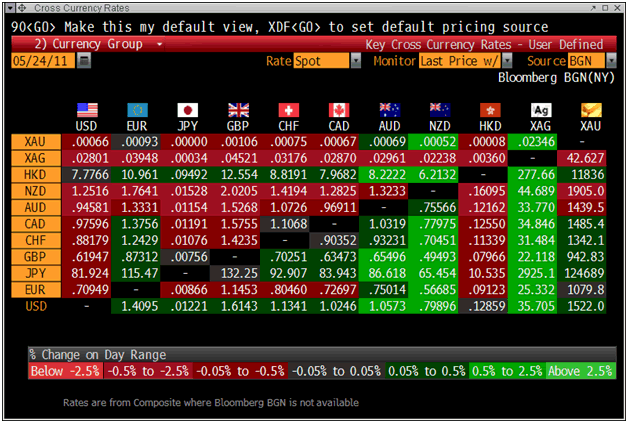
These include three key factors known as:ĭue to these factors, the demand for a particular country’s currency, depends on what is happening in that country. There are several key factors that affect the movement and values of local and foreign currencies. Rates change when currency values change. Okay, but what causes the rates to change? These countries ensure that their central banks have sufficient amounts of money in their foreign currency reserves to determine the amount their currency is worth in the foreign exchange market. Only the governments of these countries can determine when their foreign exchange rates should change.Ĭountries that use the fixed exchange rate method include Saudi Arabia and China. To regulate and maintain the fixed exchange rate, the government of these countries buy and sell their own currency against the foreign currency to which it is pegged. These countries set their rate against another major world currency like the United States dollar, euro or yen. Fixed exchange ratesĬountries that use fixed or pegged foreign exchange rates do so via their central bank. Though their policies can affect rates in the long run, for most of these nations their governments can only impact and not regulate exchange rates. The government of these countries and their central banks do not interfere to keep their exchange rates fixed. These include the British pounds, Mexican pesos, European euros, Japanese yen, Canadian dollars, and others. Most major global currencies often have flexible exchange rates. But if the demand of a particular currency falls, its value in the foreign exchange market falls too. As such, if the demand for a specific currency is high, the value of such currency will most likely increase. These rates are constantly changing from one moment to the next.įlexible exchange rates are influenced by the open market through demand and supply on world currency markets. These rates are known as flexible exchange rates. The foreign exchange market or forex determines most currency exchange rates. (Though you probably figured that out from their names.) Flexible exchange rates While flexible exchange rates are constantly changing, fixed rates hardly ever change. How are international exchange rates determined?įoreign exchange rates are determined in various countries using two key methods: flexible and fixed rate. dollars (USD) to buy the Japanese yen, the exchange rate will be for the JPY/USD pair. Whatever currency is used, either the euros, yen, or Canadian dollar, etc. dollar another currency is required for payment. For a trade to be completed, at least one currency must be exchanged for another. Institutions and traders buy and sell foreign currencies in the global market 24 hours a day. Various trading activities boost or lower the values of different currencies.

Exchange rates are constantly fluctuating as foreign currencies are actively traded. dollar was equal to 0.748067 British pounds.Ĭurrency exchange transactions happen 24 hours a day, seven days a week in a market that transact over $6 trillion a day. For example, on December 30, 2020, 1 U.S. We’ll try to make it as quick (and painless) as possible for you! Currency exchange rates: what they are, and how they workĮxchange rates indicate how much your currency is worth if exchanged into a foreign currency. The second question? That’ll take a little more time to understand. If you’re traveling abroad for a holiday, need to pay for a school fee in another country or you want to buy an item from a foreign country, you will need a currency exchange to carry out your transaction.īut how can you tell the exact amount your currency is worth when it is exchanged into a foreign currency? And who’s setting them?įor the first question, you can easily do that on Xe’s Currency Converter.


 0 kommentar(er)
0 kommentar(er)
